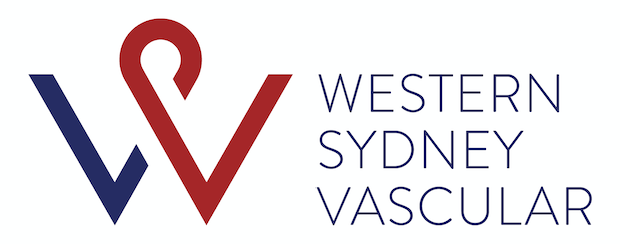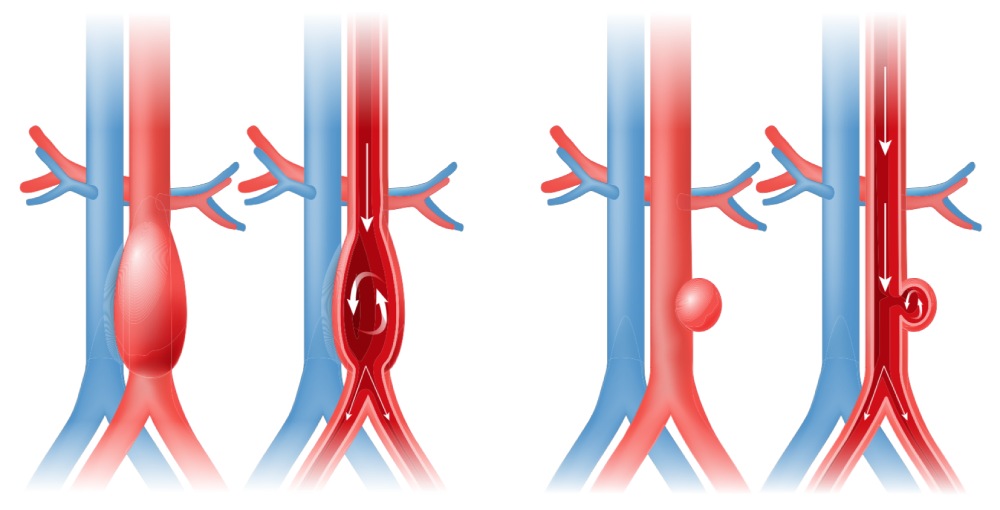AAA (Abdominal Aortic Aneurysm)
What is Abdominal Aortic Aneurysm (AAA) Disease?
Triple A or Abdominal Aortic Aneurysm is an enlargement of the lower part of the aorta, the major blood vessel that carries blood from the heart to the rest of the body.
An aneurysm develops in the lower part of the aorta that extends through the abdominal area, when the wall of the artery becomes weakened and bloated like a balloon.
A ruptured abdominal aortic aneurysm is extremely dangerous and can cause life-threatening bleeding as the aorta is the body’s primary provider of blood.
What are the symptoms of AAA?
Abdominal aortic aneurysms are often difficult to detect as they often grow slowly and usually without symptoms. Most abdominal aneurysms are diagnosed during a routine physical examination or on imaging when being tested for other health concerns. Anticipating how fast an AAA may develop is often difficult. Some aneurysms will never rupture.
Many start small and stay small, while others expand quickly or gradually over time.
When an AAA enlarges, symptoms may include:
● A pulsating feeling between the naval area and the breast bone
● Profound, steady pain in your abdomen or on the side of your abdomen
● Prolonged pain in the back, abdomen or groin area.
What are the treatments for AAA Disease?
Doctors will usually recommend surgery if your aneurysm is about about 5 to 5.5 centimetres or larger.
For smaller aneurysms, surveillance imaging and examination is recommended at defined intervals in order to measure the size of your aneurysm and to review any other symptoms you may have.
There are two types of surgical treatments for large aneurysms: open surgery repair and endovascular surgery.
Open surgical repair is a well-proven procedure with a long recovery period ranging from 6 weeks to 3 months. This procedure involves replacing the diseased portion of the aorta with a synthetic tube (graft) that acts as a replacement blood vessel.
Endovascular surgery involves the insertion of a reinforced synthetic tube that is inserted through an artery in your leg and threaded into your aorta. This is then placed at the site of the aneurysm and expanded. The graft is fastened in place with the metal mesh that frequently has small hooks or pins. The graft bypasses the weakened section of the aorta to prevent rupture of the aneurysm. Your doctor will tell you which procedure is best suited for your particular situation.

